The 10 Strangest Insects on the Planet
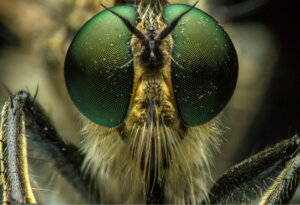
Insects have been on Earth for millions of years, so it stands to reason that some invertebrates have become the strangest insects on the planet. Natural selection favors the appearance of sometimes exaggerated characters, since specialization in a specific environment sometimes requires that the animal’s body can suffer extreme modifications.
The most extravagant shapes, colors and behaviors have managed to keep certain species alive against the most cunning predators in the animal world. Would you like to know the most bizarre examples of striking insects? In the following lines, we show you 10 of them.
1. Tree ant (Colobopsis explodens)
Recently discovered in the jungle of Borneo, this ant belongs to a genus of hymenoptera that lives in trees, where the workers obtain food and shelter. There are many species of ants of this type.
The Colobopsis explodens species, however, has a peculiarity: its method of defense consists of falling on its enemy and “exploding”. This insect destroys its own body to release its entrails, along with a toxic substance that repels predators.
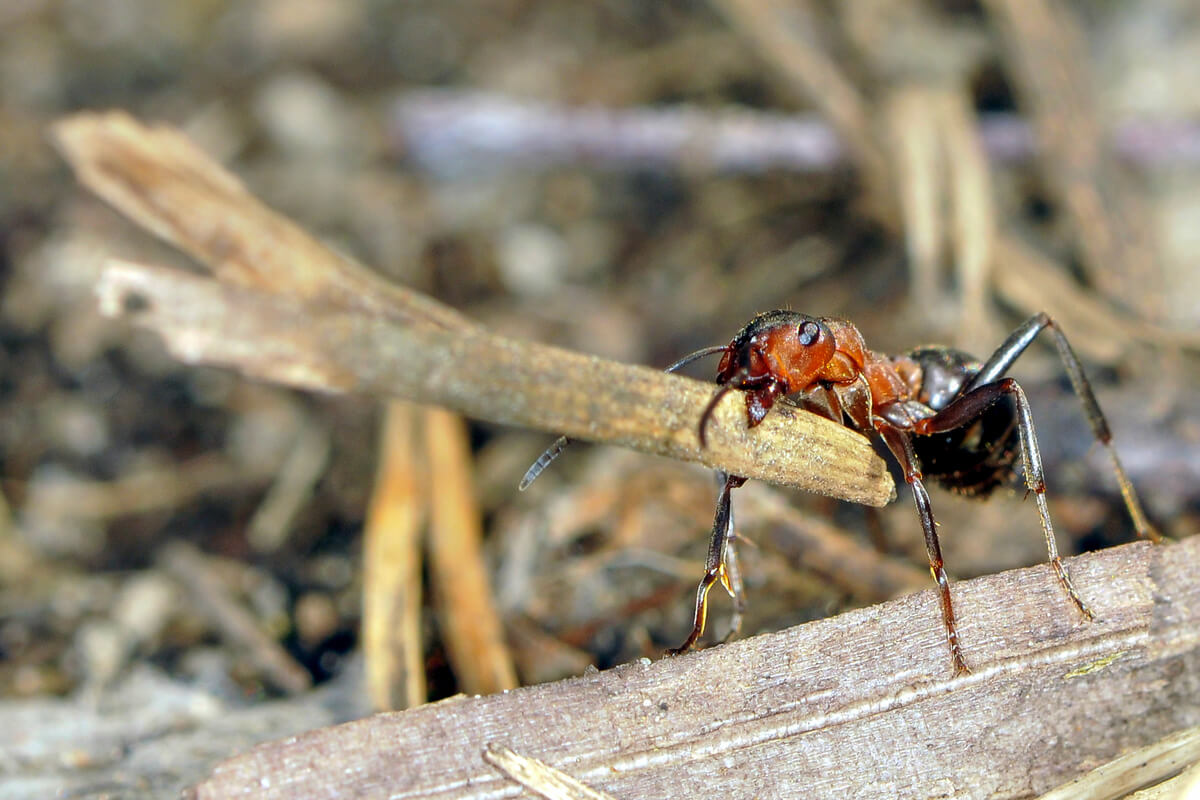
2. Brazilian Membracid (Bocydium globulare)
To give you an idea, this insect looks as if a weather vane has been placed on the head of a cicada. The fact is that these strange protrusions seem to perform the function of fooling the enemies of the Brazilian vine, as they seem to be dangerous structures.
For a long time it was thought that this insect was the product of the fantasy of its discoverer, Alfred Keller.
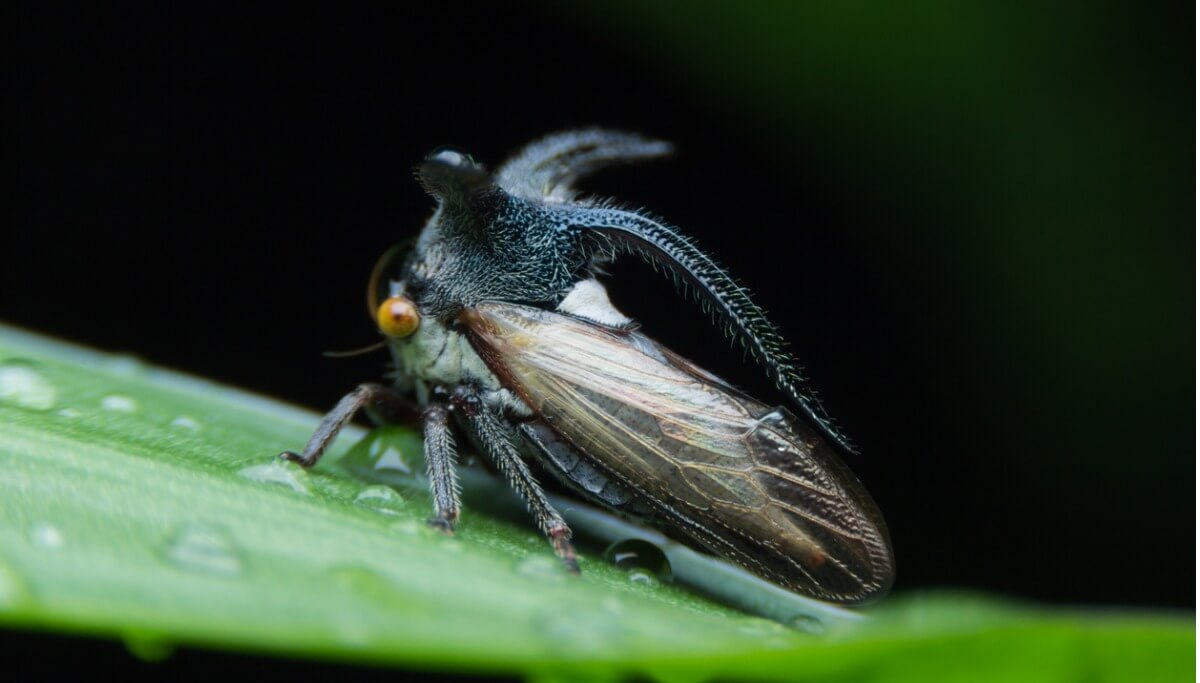
3. Malaysian stick insect (Heteropteryx dilatata)
This stick insect is one of the largest, with the added peculiarity of being quite heavy and partially camouflaged as a branch. In fact, there’s an evident sexual dimorphism in this species. Males are brown, small, and more stick-like and females are larger, green, and more leaf-like.
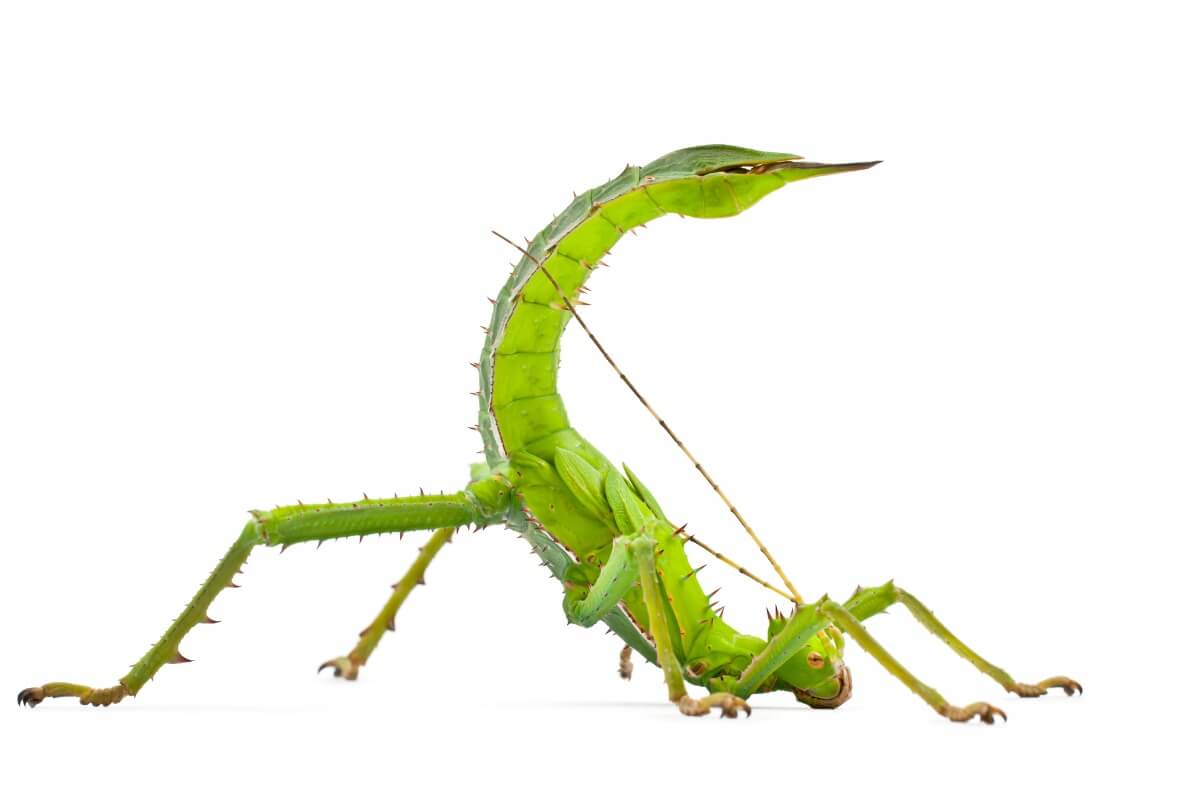
4. One of the strangest insects on the planet: the ghost mantis (Phyllokra paraxa)
Also known as a dry leaf mantis, its name perfectly describes what it looks like. Its small size, the pattern of colors and the small wrinkles on its sides allow this insect to blend into the ground with complete peace of mind. On the fringes of fallen branches and low-stemmed bushes, this predator stalks its victims.
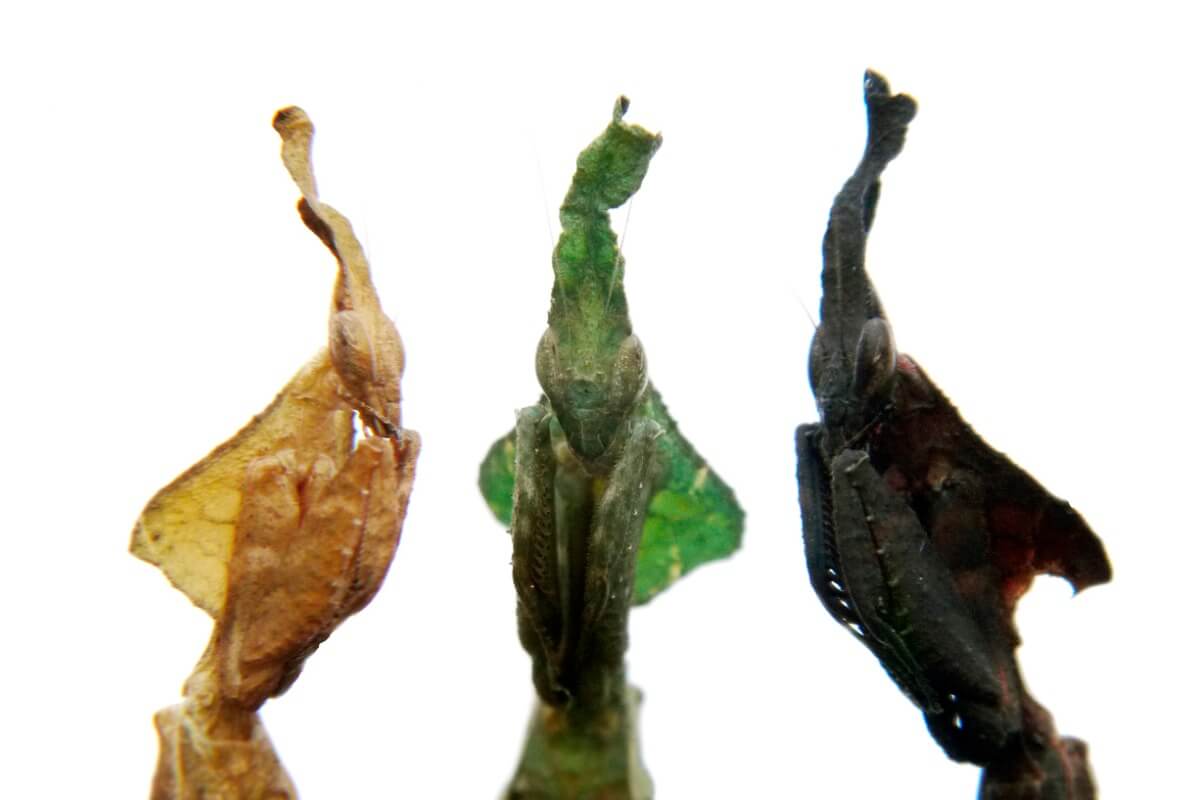
5. Panda ant (Euspinolia militaris)
Don’t let its common name fool you: it’s neither an ant nor does it have anything to do with a panda bear. In reality, this insect is a wasp belonging to the Mutillidae family, characterized by the hairy filaments that cover their bodies. Despite its resemblance to friendly pandas, this Chilean wasp has a powerful stinger.
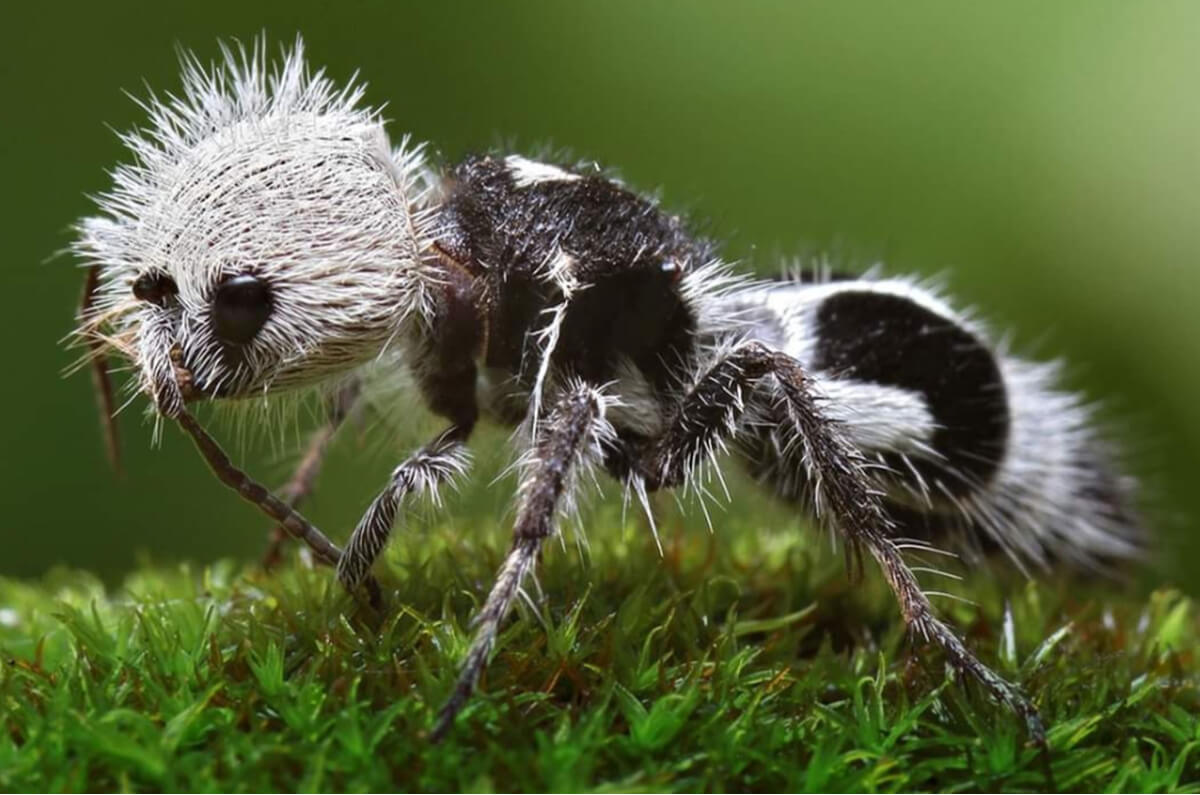
6. Atlas butterfly (Attacus atlas)
Can you imagine a butterfly bigger than your face? This is the case of the Attacus atlas, the largest lepidopteran in the world, with its 30-centimeter wingspan. It is a species that lives in China, Indonesia and Malaysia.
Furthermore, this species only feeds during its larval stage. After metamorphosis is complete, the atlas butterfly doesn’t live for more than a week.

7. Giraffe weevil (Trachelophorus giraffa)
Its name comes from the extension of its head, similar to the neck of a giraffe. This characteristic is greater in males, as it’s a sexually dimorphic species. This “neck” isn’t accidental, as it allows the giraffe weevil to fold the leaves easily to build its nest.
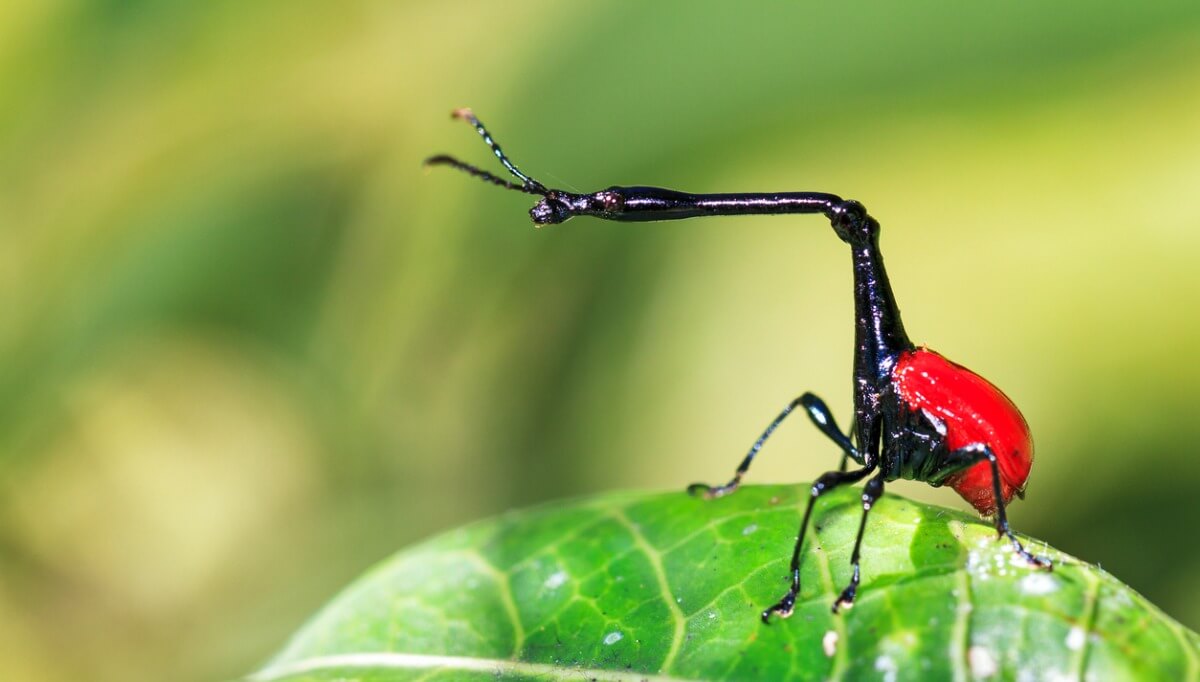
8. Tortoise beetle (Charidotella egregia)
The tortoise beetle is a beetle with beautiful metallic gold color wings. What’s peculiar about this beetle is that it can turn an intense red color in stressful situations, as a kind of involuntary aposematism.
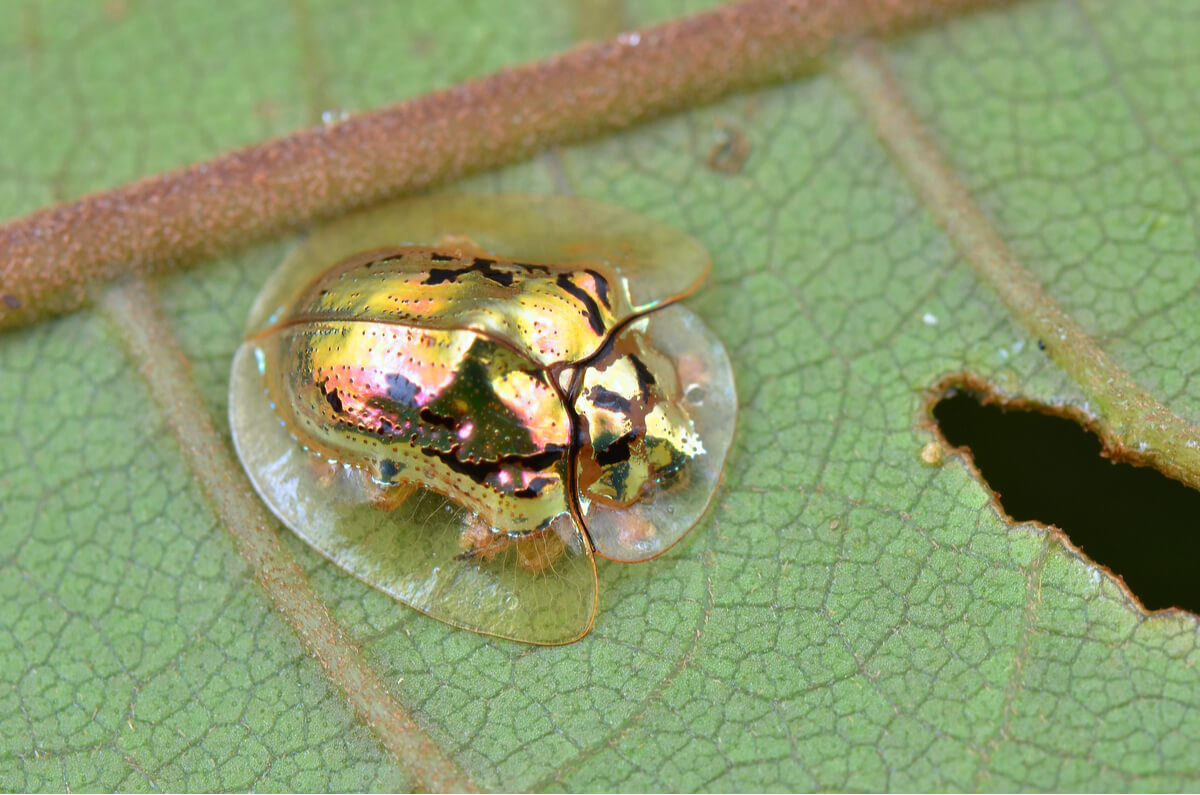
9. The euconocephalus
This is one of the strangest insects on the planet. However, it hasn’t got a strange morphology or strange camouflage methods – it’s just pink. Its coloration is produced by erythrism, a recessive gene. Virtually no specimen of the genus Euconocephalus has this color, so running into one of these mutants is a real slice of luck.
This grasshopper morphotype has only been documented in some areas of England and Portugal, as it’s very rare to find.

10. Mole cricket (Gryllotalpa gryllotalpa)
The mole cricket is a grasshopper that has specialized in digging burrows, so that its front legs have adapted to pierce the earth, especially in the case of females. This, in addition to shelter, allows adults to safely search for a mate and feed on small insects and roots.
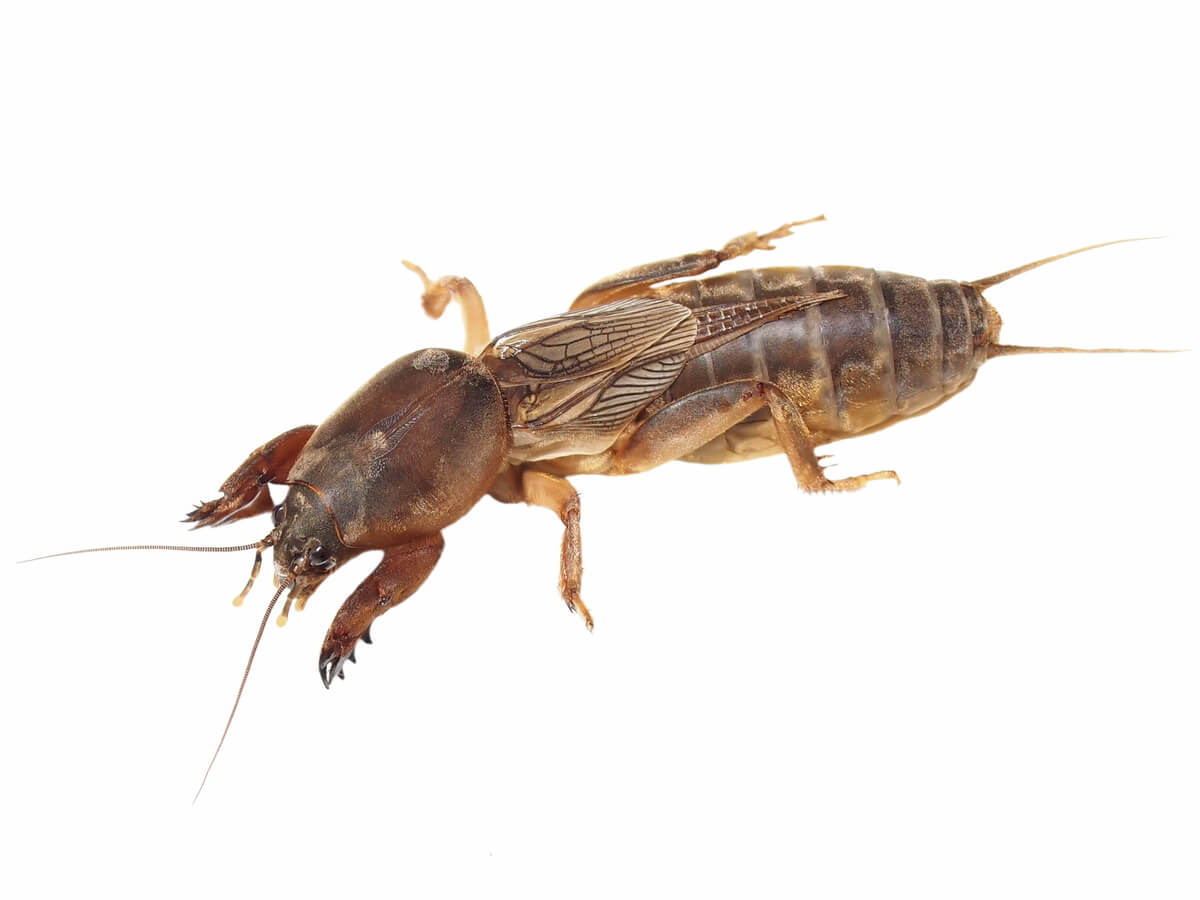
Did you know about any of these insects? This is just a first sample to pique your curiosity about the world of entomology, but don’t think there aren’t loads more creative species when it comes to survival. If you search, you’ll surely find many more examples and marvel even more at the world of invertebrates.
Insects have been on Earth for millions of years, so it stands to reason that some invertebrates have become the strangest insects on the planet. Natural selection favors the appearance of sometimes exaggerated characters, since specialization in a specific environment sometimes requires that the animal’s body can suffer extreme modifications.
The most extravagant shapes, colors and behaviors have managed to keep certain species alive against the most cunning predators in the animal world. Would you like to know the most bizarre examples of striking insects? In the following lines, we show you 10 of them.
1. Tree ant (Colobopsis explodens)
Recently discovered in the jungle of Borneo, this ant belongs to a genus of hymenoptera that lives in trees, where the workers obtain food and shelter. There are many species of ants of this type.
The Colobopsis explodens species, however, has a peculiarity: its method of defense consists of falling on its enemy and “exploding”. This insect destroys its own body to release its entrails, along with a toxic substance that repels predators.

2. Brazilian Membracid (Bocydium globulare)
To give you an idea, this insect looks as if a weather vane has been placed on the head of a cicada. The fact is that these strange protrusions seem to perform the function of fooling the enemies of the Brazilian vine, as they seem to be dangerous structures.
For a long time it was thought that this insect was the product of the fantasy of its discoverer, Alfred Keller.

3. Malaysian stick insect (Heteropteryx dilatata)
This stick insect is one of the largest, with the added peculiarity of being quite heavy and partially camouflaged as a branch. In fact, there’s an evident sexual dimorphism in this species. Males are brown, small, and more stick-like and females are larger, green, and more leaf-like.

4. One of the strangest insects on the planet: the ghost mantis (Phyllokra paraxa)
Also known as a dry leaf mantis, its name perfectly describes what it looks like. Its small size, the pattern of colors and the small wrinkles on its sides allow this insect to blend into the ground with complete peace of mind. On the fringes of fallen branches and low-stemmed bushes, this predator stalks its victims.

5. Panda ant (Euspinolia militaris)
Don’t let its common name fool you: it’s neither an ant nor does it have anything to do with a panda bear. In reality, this insect is a wasp belonging to the Mutillidae family, characterized by the hairy filaments that cover their bodies. Despite its resemblance to friendly pandas, this Chilean wasp has a powerful stinger.

6. Atlas butterfly (Attacus atlas)
Can you imagine a butterfly bigger than your face? This is the case of the Attacus atlas, the largest lepidopteran in the world, with its 30-centimeter wingspan. It is a species that lives in China, Indonesia and Malaysia.
Furthermore, this species only feeds during its larval stage. After metamorphosis is complete, the atlas butterfly doesn’t live for more than a week.

7. Giraffe weevil (Trachelophorus giraffa)
Its name comes from the extension of its head, similar to the neck of a giraffe. This characteristic is greater in males, as it’s a sexually dimorphic species. This “neck” isn’t accidental, as it allows the giraffe weevil to fold the leaves easily to build its nest.

8. Tortoise beetle (Charidotella egregia)
The tortoise beetle is a beetle with beautiful metallic gold color wings. What’s peculiar about this beetle is that it can turn an intense red color in stressful situations, as a kind of involuntary aposematism.

9. The euconocephalus
This is one of the strangest insects on the planet. However, it hasn’t got a strange morphology or strange camouflage methods – it’s just pink. Its coloration is produced by erythrism, a recessive gene. Virtually no specimen of the genus Euconocephalus has this color, so running into one of these mutants is a real slice of luck.
This grasshopper morphotype has only been documented in some areas of England and Portugal, as it’s very rare to find.

10. Mole cricket (Gryllotalpa gryllotalpa)
The mole cricket is a grasshopper that has specialized in digging burrows, so that its front legs have adapted to pierce the earth, especially in the case of females. This, in addition to shelter, allows adults to safely search for a mate and feed on small insects and roots.

Did you know about any of these insects? This is just a first sample to pique your curiosity about the world of entomology, but don’t think there aren’t loads more creative species when it comes to survival. If you search, you’ll surely find many more examples and marvel even more at the world of invertebrates.
All cited sources were thoroughly reviewed by our team to ensure their quality, reliability, currency, and validity. The bibliography of this article was considered reliable and of academic or scientific accuracy.
- Main, D. (2019, 15 de abril). Monstruos diminutos del bosque lluvioso. National Geographic.
- Trachelophorus giraffa. (2021). NaturaLista.co. https://colombia.inaturalist.org/taxa/68372-Trachelophorus-giraffa
- Hallan, Joel Kenneth (6 de junio de 2010). «Synopsis of the described Coleoptera of the World» . Biology Catalog de la Universidad de Texas A&M (en inglés). Archivado desde el original el 2021.
This text is provided for informational purposes only and does not replace consultation with a professional. If in doubt, consult your specialist.








